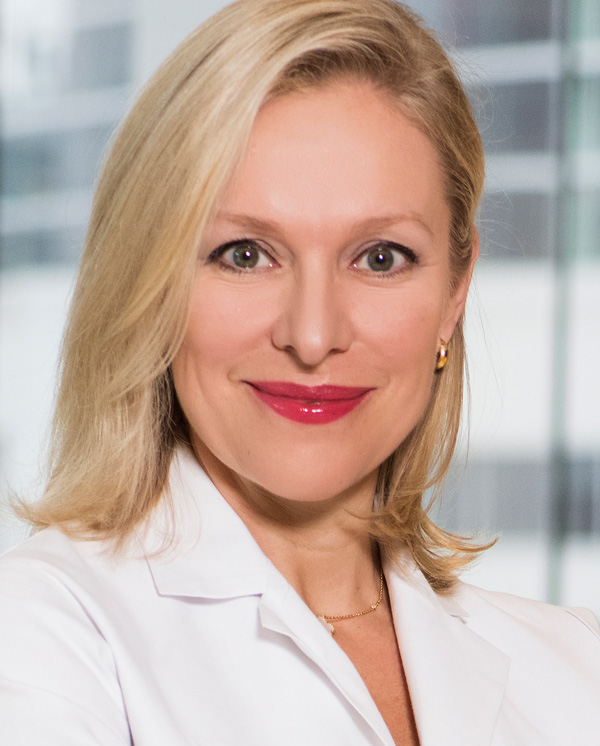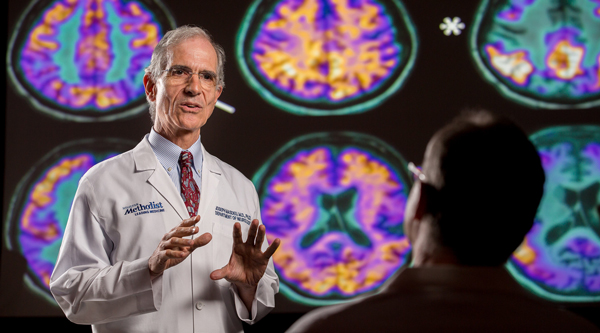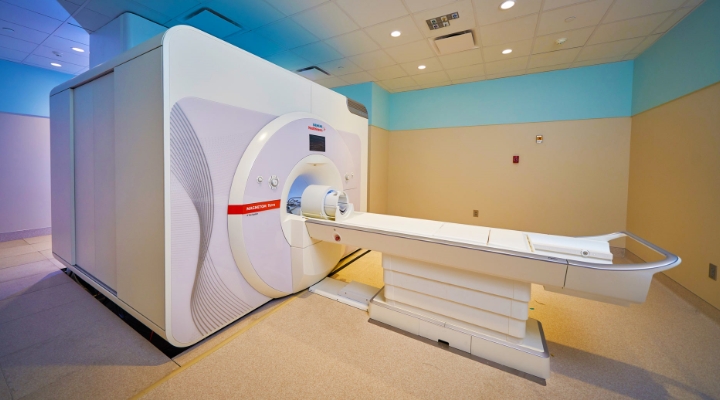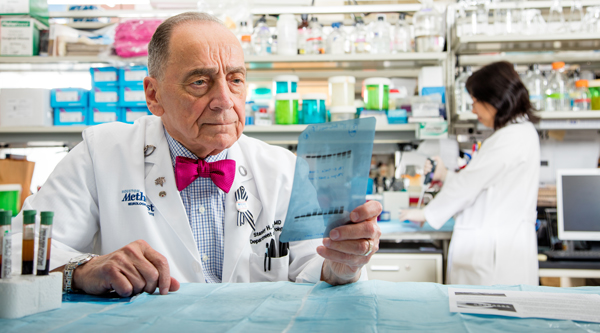Science in Service
of
Medicine
President's Letter
Metrics 2019
Cycle of a Cure
Discovery to Clinic


Introduction

Precision Medicine


Introduction

Tracing Tau to Tackle Alzheimer's Disease

Translational Imaging Center Revamps for Revolutionary 7T MRI

Hope for Slowing ALS

The Heart of Progress: Innovative Valves Create a Legacy for the Future

Test-Driving Carbon Fiber Materials in Space

Lab-on-a-chip Shines Light on Bystander Effect

Creating an Antibody to Fight Silent Killers

A New View of Strep

Translational Luminaries
result



President’s letter
2019 Metrics
Cycle of a Cure
Visionary Gifts

Discovery to Clinic

Innovative Education

Translational Luminaries
Introduction
Building Blocks for Bone Regenration
RNA Therapeutics
Mobile App for Healthy Habits for Breast Cancer Survivors
Designing a Flexible Approach to Breast Reconstruction
Introduction
Tracing Tau to Tackle Alzheimer's Disease
Translational Imaging Center Revamps for Revolutionary 7T MRI
Hope for Slowing ALS
The Heart of Progress: Innovative Valves Create a Legacy for the Future
Test-Driving Carbon Fiber Materials in Space
Lab-on-a-chip Shines Light on Bystander Effect
Creating an Antibody to Fight Silent Killers
A New View of Strep
result

Designing a Flexible Approach to Breast Reconstruction

Seeing how this improves the patient’s experience —
to have minimal pain and the breast reconstruction
done in one day, with no need for additional surgery
— is the best part of the process.

—
Aldona Spiegel
, MDDirector, Center for Breast Restoration
Houston Methodist Institute for Reconstructive Surgery
Associate Professor of Clinical Plastic Surgery
Houston Methodist



As director of Houston Methodist’s Center for Breast Restoration, Aldona Spiegel, MD, has made it her mission to advance breast-restoration procedures in ways that help women enhance their physical and mental vitality as they heal. To that end, she has invented the FlexHD Pliable PRE™, an acellular dermal graft, which combines both the product design and step-by-step process for performing a new type of reconstructive breast surgery.

Aldona Spiegel
, MDDesigning the new approach led Spiegel to think differently about traditional breast reconstruction, which requires cutting through the pectoral muscle and placing an implant in the breast cavity. This typically causes a hard capsule to form during healing, which can be slow and painful, and the final result may distort the breasts’ natural shape and symmetry.
Spiegel, whose subspecialty is breast reconstruction, applied her 17 years of experience with customizing treatment plans for patients. Keeping in mind that healing was easier with autologous reconstruction, which uses one’s own tissue, she began to rethink implant reconstruction. First, she used tissue expanders, but found the lack of padding between the muscle and skin still allowed animation deformity, which was easily seen during movement.
When taking on this challenge, Spiegel called upon skills she’d learned when she decided to sew her own prom dress: using a dress pattern to tailor a fitted bodice. For the innovative breast reconstruction, she conceptualized and designed a fenestrated tissue graft, including a substrate of collagen that conformed to the body as it grew into its natural shape.
By placing the tissue on top of the muscle and covering it with allograft collagen, which is
a layer of donated decellularized dermis, Spiegel’s procedure prevents the body from forming
an overly hard capsule, allowing it to maintain flexible movement and symmetrical appearance.
Spiegel eventually created a template for preparing the graft in advance, which along with
her step-by-step process for insertion, greatly reduces the time required to perform the
surgical procedure.
As a high-school student, Spiegel decided to sew her own prom dress. She credits her sewing skills for helping her learn to transform flat tissue into a three-dimensional shape that conforms flexibly to the body.
Spiegel embarked on a product launch in early 2019, working with MTF Biologics (a non-profit tissue bank formerly known as Musculoskeletal Transplant Foundation) who licensed the product. Another aspect of her mission is to help explain the importance of tissue donation.
Looking back at where she started, Spiegel reflects on the success stories she hears from her patients. “It’s a powerful feeling, to design something and implement it,” she said, “and to see how well it works.”
More from Discovery to Clinic
Contact Us
© 2021. Houston Methodist, Houston, TX. All rights reserved.
Privacy & Disclaimer
.











